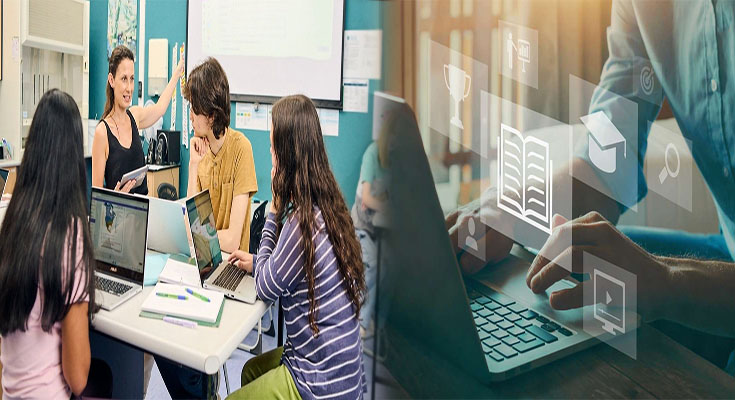In today’s dynamic educational landscape, implementing personalized learning strategies in the classroom has become essential to cater to the diverse needs of students. Personalized learning involves tailoring teaching methods, materials, and pace to match the individual learning styles and interests of each student, ultimately fostering a more engaging and effective learning environment. Here are some effective ways to implement personalized learning strategies in the classroom:
1. Utilize Technology
Integrating technology tools such as adaptive learning software, multimedia resources, and online platforms can help tailor learning activities to individual students. These tools can provide personalized feedback, adjust difficulty levels, and offer interactive learning experiences that cater to each student’s pace and preferences.
2. Differentiate Instruction
Implementing differentiated instruction involves adapting teaching methods and materials to meet the diverse needs of students. Teachers can create custom learning paths, provide various resources, and offer alternative assessment methods to ensure that each student’s unique strengths and weaknesses are addressed effectively.
3. Offer Choice and Flexibility
Empowering students to have a say in their learning can boost engagement and motivation. By offering choices in assignments, projects, or learning activities, students can pursue topics of interest and work at a pace that suits them best. Flexibility in scheduling and deadlines can also accommodate individual learning preferences.
4. Implement Project-Based Learning
Project-based learning encourages students to work on real-world projects that align with their interests and goals. By engaging in hands-on, collaborative projects, students can apply their knowledge and skills in a meaningful context, fostering autonomy and creativity in their learning process.
5. Provide Regular Feedback
Personalized learning requires ongoing feedback to monitor student progress and adjust instruction accordingly. Teachers should provide timely feedback that is specific, actionable, and tailored to individual student needs, helping them to track their own growth and make necessary adjustments in their learning journey.
6. Collaborate with Peers
Encouraging collaboration and peer-to-peer learning can enhance personalized learning experiences. By working in small groups or pairs, students can support each other’s learning, share ideas, and learn from different perspectives, fostering a sense of community and collective growth in the classroom.
Implementing personalized learning strategies in the classroom can transform traditional teaching practices into student-centered, engaging, and effective learning experiences. By leveraging technology, differentiating instruction, offering choice and flexibility, implementing project-based learning, providing regular feedback, and promoting collaboration, educators can create a learning environment that celebrates individual strengths and nurtures a lifelong love of learning among students.





